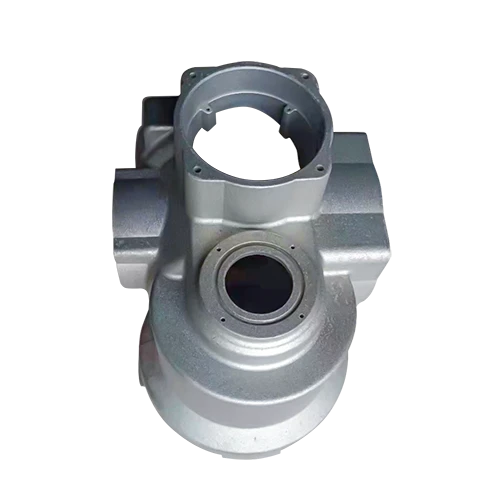Mobile:+86-311-808-126-83
Email:info@ydcastings.com
aluminium alloy investment casting
Aluminium Alloy Investment Casting An Overview
Aluminium alloy investment casting has emerged as a pivotal manufacturing technique in various industries, renowned for its ability to produce intricate shapes and high-quality components with exceptional dimensional accuracy. This casting method, often referred to as precision casting, involves creating complex geometries that would be impractical or impossible to achieve with other manufacturing processes.
Investment casting is defined by its use of a wax pattern, which is coated with a ceramic shell. Once the shell solidifies, the wax is melted away, leaving a hollow mold that can be filled with liquid aluminium alloy. This process allows for high precision in the final product, making it ideal for applications where the integrity of the part is crucial.
One of the primary advantages of aluminium alloy investment casting is the material's lightweight nature combined with its strength. Aluminium alloys are known for their excellent strength-to-weight ratio, making them a preferred choice for industries such as aerospace, automotive, and electronics. For instance, in the aerospace sector, components must meet strict weight criteria while ensuring they can withstand high-stress environments. Aluminium investment cast parts fulfill these requirements, offering both performance and efficiency.
Moreover, the versatility of aluminium alloys means that manufacturers can choose from a wide range of compositions to suit specific performance needs. Common alloys used in investment casting include 356.0 and 319.0, which possess good fluidity and excellent mechanical properties. These alloys are particularly effective for castings that require enhanced corrosion resistance and durability, further cementing their popularity in demanding applications.
aluminium alloy investment casting

The investment casting process also minimizes waste, a significant advantage in today's environmentally-conscious manufacturing landscape. The ability to create near-net-shape components reduces the need for additional machining, leading to lower material consumption and shorter production times. This efficiency is further enhanced by the possibility of reusing ceramic shell materials, contributing to lower operational costs and environmental impact.
However, despite the numerous benefits, aluminium alloy investment casting is not without its challenges
. The initial setup costs can be higher than those associated with other casting methods, principally due to the investment in tooling and moulds. Furthermore, the process may require skilled labor to ensure precise execution, from pattern making to final finishing.To overcome these challenges, advancements in technology are continuously being integrated into the investment casting process. Innovations like 3D printing for creating wax patterns and improvements in ceramic shell materials are reducing production times and costs while maintaining high-quality standards. These developments position aluminium alloy investment casting as a forward-looking manufacturing strategy capable of meeting future market demands.
In conclusion, aluminium alloy investment casting is a sophisticated process that bridges the gap between complex design and high-performance functionality. With its myriad advantages including precision, material efficiency, and adaptability, it is set to play a crucial role in the evolution of manufacturing across multiple sectors. As industries continue to focus on sustainability and innovation, aluminium investment casting stands out as a promising solution for producing robust and lightweight components.
-
Understanding Metal Casting TechniquesNewsApr.02,2025
-
Understanding Exhaust Manifolds for Enhanced Engine PerformanceNewsApr.02,2025
-
The World of Metal FabricationNewsApr.02,2025
-
Key Components for Pump and Turbo EfficiencyNewsApr.02,2025
-
Essential Tools for Automotive Maintenance and RepairNewsApr.02,2025
-
Durable Valve Components for Effective Water ManagementNewsApr.02,2025











